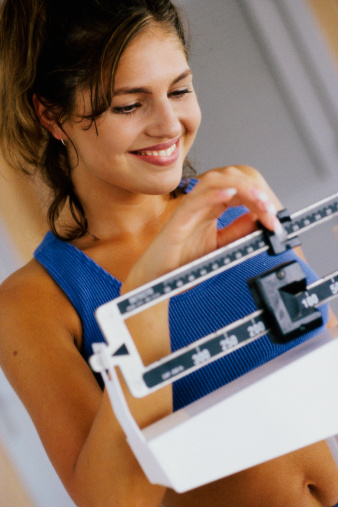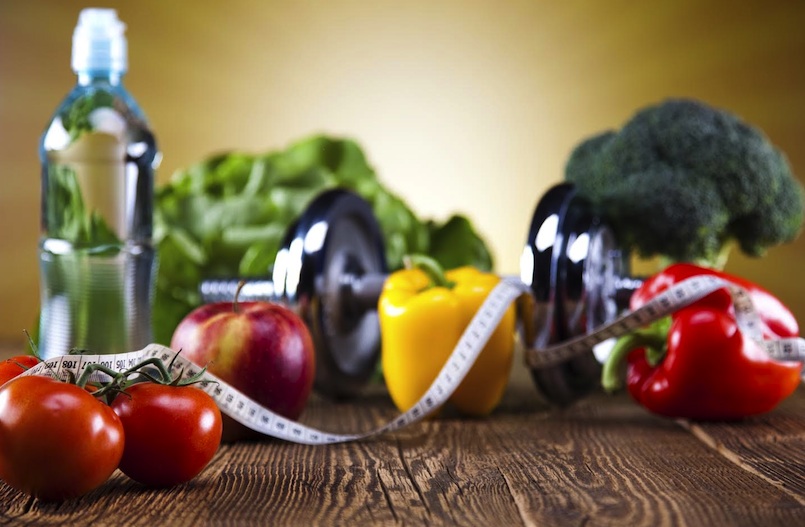Dear Mountain Mama,
I’m training for a marathon and I thought I’d lose weight. But the scales refuses to budge, and I’m weighing in pound for pound my pre-training weight. What gives?
Yours,
Frustrated by the Scale
Dear Frustrated on the Scale,
My own hopes for shedding pounds as I upped my mileage were dashed the last time I stepped on the scale. I weighed one hundred forty pounds before I started my first training run. And over three months into training for a marathon, I weigh exactly the same.
Bummed that I hadn’t lost a pound, I sent a text to my best friend. She wrote back, “But do your pants fit better?”
I smiled, realizing my jeans were loser and I could wear suits I hadn’t worn in years. After doing some research, I realized that the scale isn’t the best measurement of our fitness gains. Muscle weighs more than fat so as we crank up the miles we build muscle and burn fat, which might actually result in gaining weight. The silver lining is that when we replace fat with muscle, we are substituting low density fat tissue for high density muscle tissue, hence our clothes fitting better.
Another reason that the scale is a terrible measure of the gains we’ve made by running is that our bodies store more water as we train more. Our bodies store more water to repair damage to muscle fibers and to break down and store glycogen. Considering that drinking a gallon of water would result in a 8.3 pound weight gain, water can really add extra weight. Instead of hopping on the scale, measure progress by body tone, body fat percentage, and energy level.
And while my pants were a little less snug and my body seemed more toned, I also knew that I’d been stopping by the Krispy Kreme drive-thru for raspberry filled donuts more often than I did pre-marathon training. After reading up on weight loss, I was stunned to find out that a 3600 calorie deficit was required to lose one pound. On average, a runner expands 100 calories per mile. That meant I would have to run 36 miles, maintaining my pre-running diet, in order to lose even one pound. I realized that I was telling myself “hey I ran five miles today, I deserve a splurge.”
Even worse, on my double-digit runs I drink sports drinks and energy gels, which are high in calories. Refueling in runs is an essential ingredient in going the distance, however, those drinks and gels mean that I’m burning even fewer calories than I thought. When you think about your post-run refueling needs, remember to factor in whatever you consumed during the run.
Not only was I eating too much to compensate for my runs, I was eating the wrong types of food. Fatty, overly processed foods like donuts can set off chemical reactions including cravings, sleepiness, and never feeling full. In order to stabilize blood sugar levels, we should aim to eat real foods, ones that are grown or packaged food with recognizable ingredients on the label. Our meals should include fats, proteins, and carbohydrates in order to keep us feeling full for longer. These days my shopping list includes oatmeal, kale, bananas, salmon, and sweet potatoes.
Frustrated by the scale, don’t let numbers demoralize you. Don’t get discouraged if the needle on the scale hovers over your pre-training weight. Running won’t automatically result in weight loss, but as long as you aren’t eating too much to compensate for your calorie output, your clothes will fit better, you’ll feel stronger, and you’ll have more energy.
Happy Trails!
Mountain Mama








